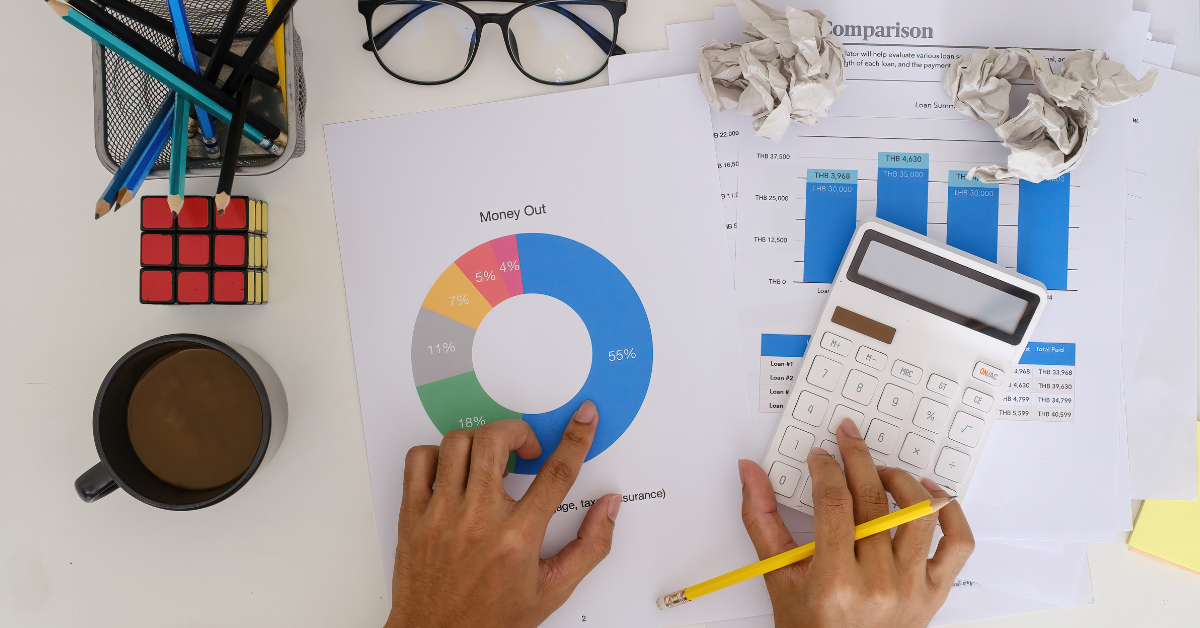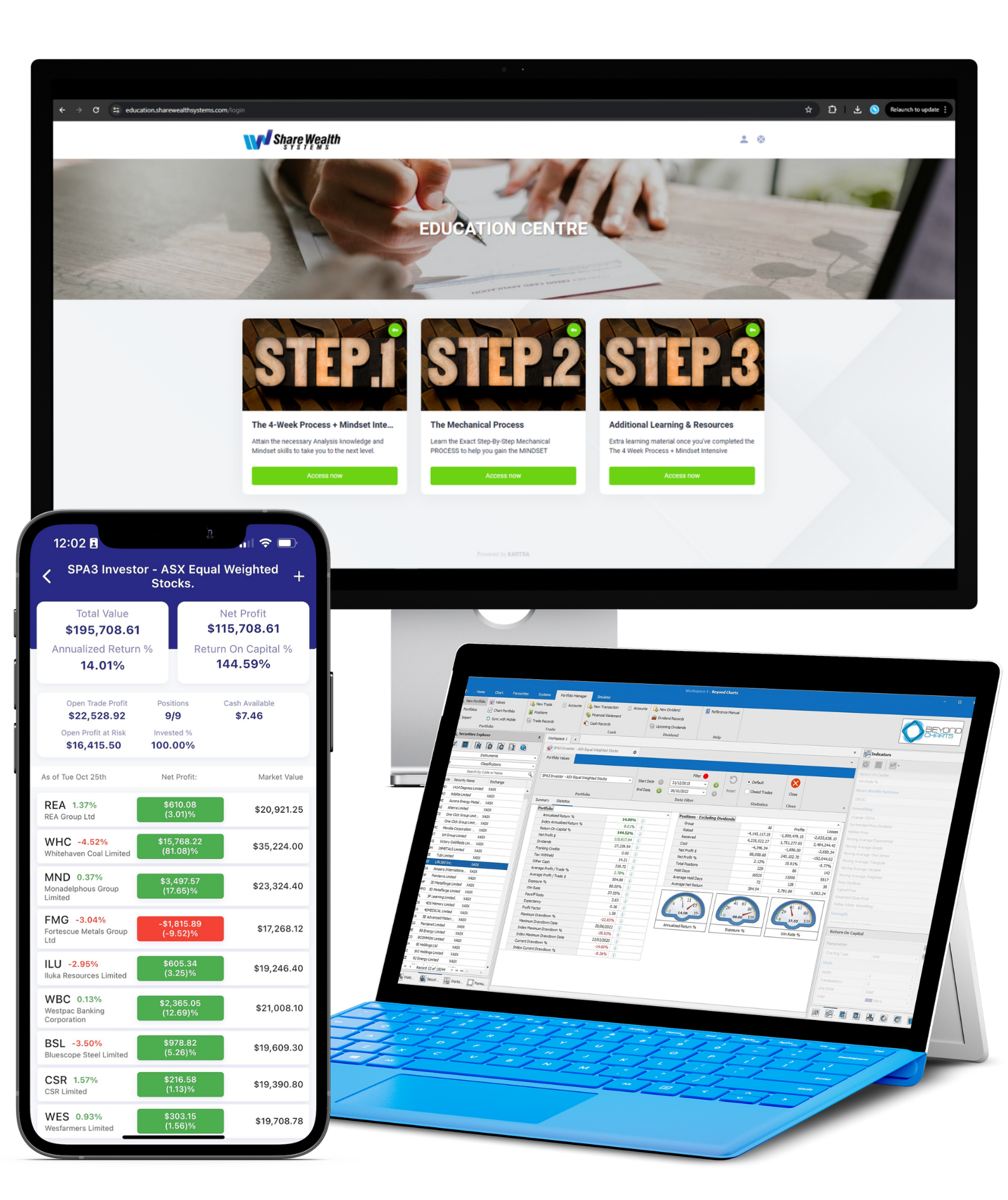
I had to share this because I was shocked, but not at all surprised.
The same shock I’ve had for years now when Superannuation returns for each financial year are announced.
Senior investment manager Mano Mhankumar from Chant West has been quoted in a number of newspapers, “Fund members should be very pleased with the fiscal year 2019 return of seven per cent.”
“It’s better than what most experts predicted a year ago and it’s about 5.5 per cent above the current rate of inflation, well above the typical long-term objective which is to beat inflation by 3.5 per cent.”
They got their predictions wrong but it worked out for members in a good way, didn’t it? Or did it?
He went on to say “The median growth super fund delivered a 7 per cent return in the year through to June 30, says researcher Chant West.”
This means that half the funds returned 7% or worse for FY 2019!
It was also reported, “The best performing Balanced funds QSuper and UniSuper were up 9.9% and the worst just 4.3%.”
Here’s where it got interesting.
In the same article it continued to say that “Australian shares were up 11.4 per cent over that period. Australian listed property was the strongest performing asset sector over the year, returning 19.4 per cent.”
I’ll add that U.S. shares were up 15.1 per cent in Australian Dollars over FY 2019!
(BTW, everybody reading this article could have easily achieved those three respective returns by investing in three single ‘shares’ on the ASX. While paying minuscule fees compared to what industry and retail Super funds charge.)
Hmmm, that’s strange I thought, isn’t that a bit of a contradiction? Nearly EVERY Balanced or Diversified Super Fund performed way, way below these three other mainstream asset classes and members should be happy?
Classic financial fraternity! Distort the situation to make look good was what actually average to poor.
I’ve spoken much in my book and elsewhere about Diversification – or “Diworsification” – and the handbrake effect it has on long-term performance. Well, Super fund performance in FY2019 experienced that handbrake, stifling even short-term one-year returns, yet being sold as a positive that you should be happy about!
The problem stems from putting too much focus on one main investing risk when there is another even bigger investing risk which needs far more focus.
You see, year in and year out you will see quoted comments by the financial fraternity like this by Damian Lillicrap, head of investment strategy at QSuper, 2nd placed of all Super funds over the last 10 years:
“High returns are often associated with higher risk, but via lowering equity weights and having a more diversified approach QSuper Balanced members have experienced considerably less risk than other high returning funds. As a result, members have experienced the best of both worlds, great returns and lower risk, the results of fabulous execution of a diversified approach that was put in place in 2011.”
I’ll show you QSuper’s “great returns” in a moment and let you decide for yourself just how great they are.
But first, let’s discuss the two main investing risks. The risk they always talk about in comments such as the one above is the risk they purport as the worst, a big market correction that can cut your investments in half, or more. This is indeed an important investing risk and investors must plan and strategize to minimise it.
But the far bigger and more important long-term risk is stifling and stunting growth by so much that the opportunity cost of lost profits is far greater than the losses saved when market corrections occur.
Now obviously nobody knows what the future may hold and there’s nothing wrong with having a risk plan to protect, but you can’t let that risk plan overly stunt your growth at times when it’s there for the taking, or you’ll be left way behind.
What’s at stake? Forfeiting hundreds of thousands of dollars over the long term.
Example one – to demonstrate opportunity cost of lost growth, take our real-money, live-traded SPA3 Investor Public Portfolio.
It had a stellar year, up 25.54% for FY 2019, even better than its average compound annual return of 18.01% since inception in Jan 2016 to current.
The real-money, live-traded SPA3 Investor Public Portfolio invests solely in large cap, household name stocks on the Australian Stock Market. It uses trend-following timing to give members buy signals in order to take advantage and become fully invested in stocks when the market is on the rise, and then uses clear exit signals to get out when the stock starts to fall.
It then happily sits in cash and waits for the next opportunity to find us that has a high probability of performing. All taking no more than 15 minutes a week of effort to manage, once the process is learnt.
SPA3 Investor doesn’t try to predict the future and it doesn’t just stay invested all the time like managed funds have to be. No, it focuses on the stock market – being the best long-term performing asset class – and uses the market cycles to its advantage. It then responds accordingly, buying or selling based upon those cycles when they actually occur.
In the below example I’ve used a chart of the real-money, live-traded SPA3 Investor portfolio compared to the All Ords, which has achieved 7% p.a., excluding reinvestment of dividends, since 1 Jan 2016, just like median Super fund returns.
Here’s what that 7% p.a., the supposedly ‘happy place’ for fund members, looks like when compared to the SPA3 Investor real-money, live-traded public portfolio.
This is just the past 3.5 years. Where, so far, $40,000 has been ‘lost’ from an $80,000 start by achieving just 7% p.a. Imagine the effect over 20, 30, 40 or 50 years when getting 7% p.a.?
The underperforming returns compound against you and the gap gets wider and wider, costing you hundreds of thousands of dollars over your working and retirement lifetime.
The second example starkly shows this gap using QSuper’s Balanced Fund (brown line) long-term underperformance over 21.2 years to 30 April 2019 compared to Australian shares, the ASX200 Accumulation index (green line).
“Great results?” Splendid?
But more importantly, it also shows an even better performing fund which I call the “Wait & Win” Strategy (blue line). This strategy should form some part of everybody’s long-term wealth growth plan.
BTW, First State Growth (orange line) has performed 8th best over the last 10 years clocking in at 7.7% p.a.
As I said and which is plainly visible for all to see in the chart above, the far bigger and more important long-term risk is stifling and stunting growth by so much that the opportunity cost of lost long-term profits is far greater than the losses saved when short-term market corrections occur.
You see, the diversification risk plan has to be ‘turned on’ ALL THE TIME, even when financial markets are going gangbusters. And this handbrake effect on stifling growth does more damage to your account balance over the long term than the losses it can save when the market ‘has an accident’ and declines over the short term.
Note how the troughs after big falls by the blue and green lines still have higher account values than the balanced and diversified Super funds!
If you’d like to see how SPA3 Investor helps you know exactly when to sell and protect against falls, rather than applying the over-diversification handbrake here’s a recording. https://pages.sharewealthsystems.com/video
If you’d like to complete an online eCourse about the “Wait & Win” Strategy then click here: https://fixmynesteggclub.com
Or you can email us on info@sharewealthsystems.com to ask any questions or have a chat to one of our team.



What happens when you back test your strategy from 2006 to present (over the GFC)?
Does very well David because the systems goes mainly into cash during this time so has shallow drawdown.
Regards, Gary